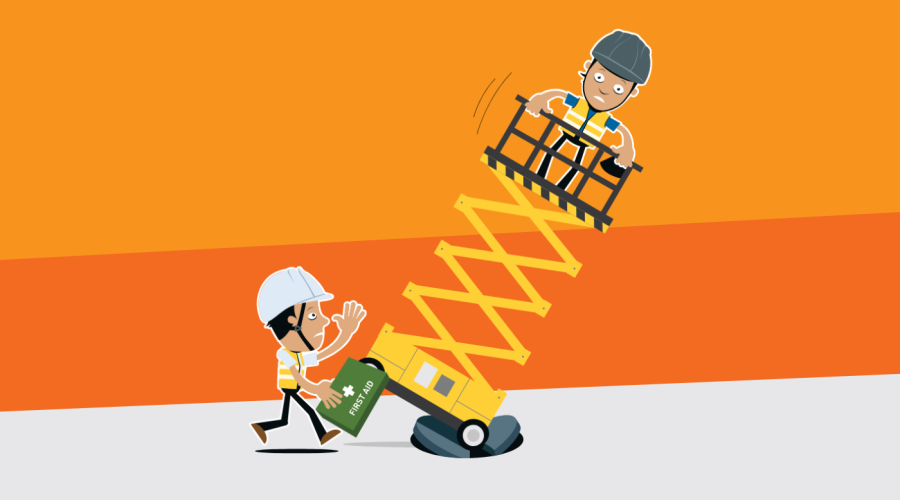In what wind speed can a MEWP work?
All MEWPs (except those designed specifically for indoor use) are designed to operate in wind speeds up to a maximum which should be marked on the machine. Operation in wind speeds above this maximum may cause instability.
Under BS EN280:2001+A2:2009 (Mobile elevating work platforms – Design calculations – Stability criteria – Construction – Safety – Examinations and tests) the maximum design wind speed in which a MEWP can work is 12.5 m/s (28 mph). Wind forces are assumed to act horizontally at the centre of area of the parts of the MEWP and persons and equipment on the work platform, and shall be taken to be dynamic forces. This does not apply to MEWPs intended for indoor use only.
Wind speed can be measured using an anemometer.
It is very important to realise that wind speed increases with height and may be 50% greater at a height of 20 metres above ground level.
Care must be taken when handling building cladding, sheet materials, panels and other such materials which can act as "sails" and seriously affect the stability of a MEWP, especially in gusty wind conditions. For the same reason, signboards and the like must not be applied even temporarily to the platform.
You should be aware of the shielding and funnelling effects of high buildings which may cause high wind speeds on days when the wind speed in open areas is low.
Other sources of local high wind speed to consider are aircraft slipstreams at airports and high-sided vehicles on motorways.
